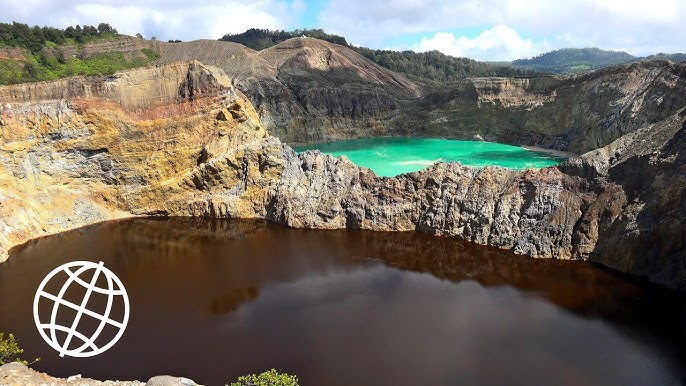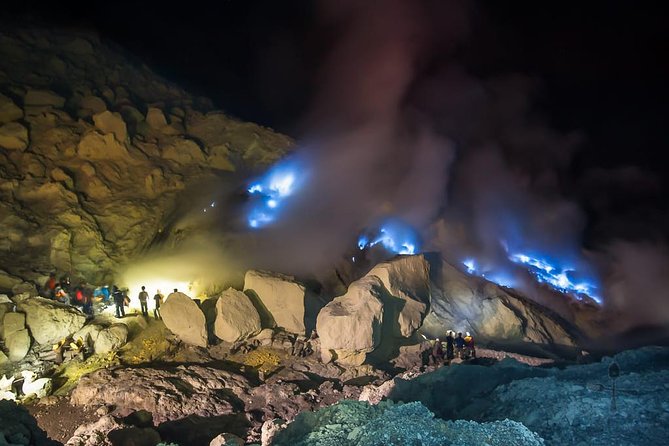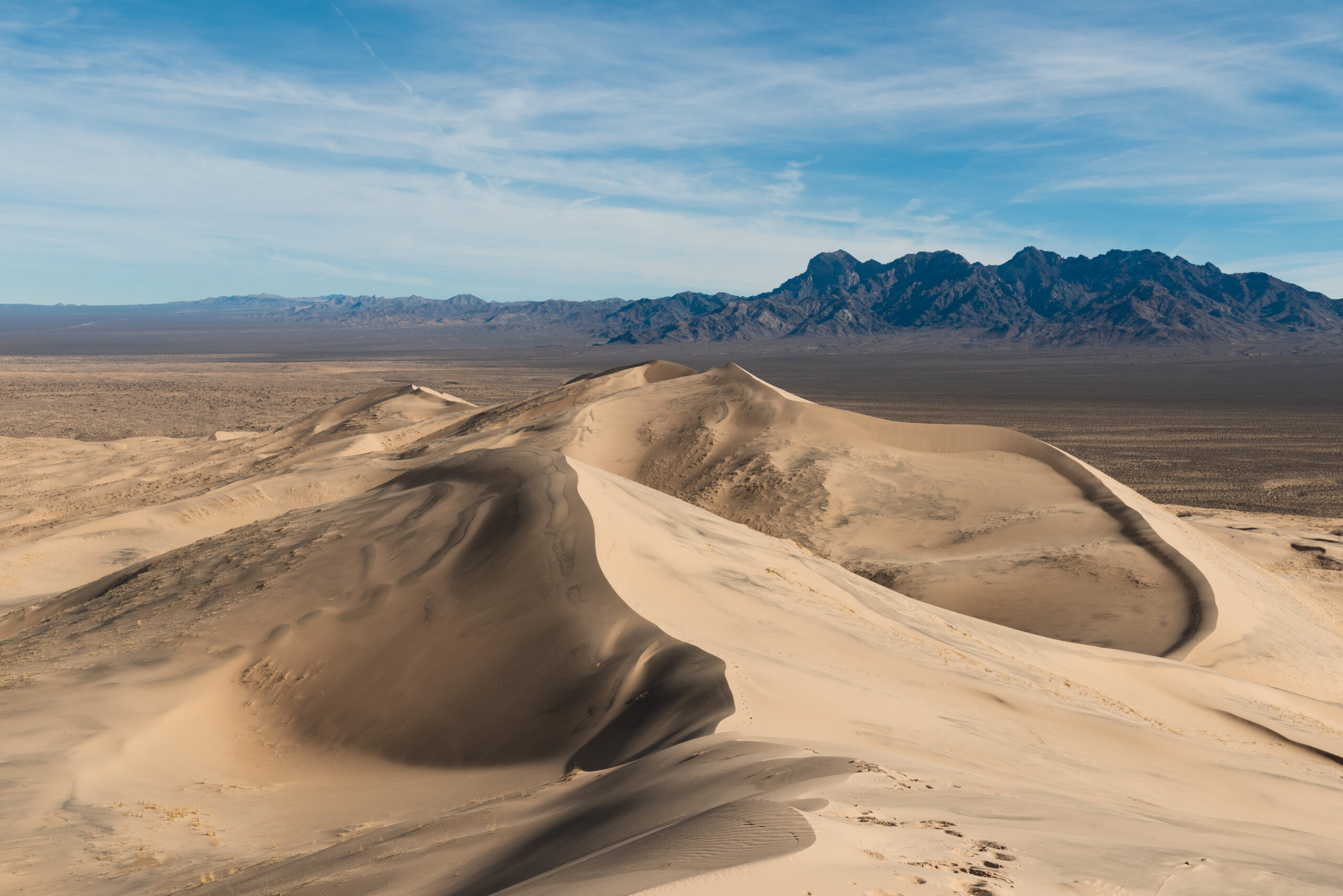Singing Mountain in Arizona is one of the most intriguing natural landmarks in the American Southwest. Visitors and researchers have long been fascinated by the mountain’s unusual ability to produce soft humming tones that seem to rise from the rock itself. These natural sounds, sometimes described as musical vibrations, have turned Singing Mountain into a captivating subject for travelers, geologists and mystery seekers. This SEO focused article explores the science, legends and unique geology behind this extraordinary destination.
What Makes Singing Mountain Unique
Singing Mountain is known for the gentle tones that echo across its rugged landscape. On quiet days, especially during certain weather conditions, visitors report hearing low frequency hums or resonant vibrations. These sounds do not come from animals or wind whistling through gaps. Instead, they originate from the mountain’s rocky structure.
The phenomenon has made the mountain a favorite among hikers and sound researchers. People travel long distances to experience its peaceful yet mysterious atmosphere.
The Science Behind the Singing Effect
The singing sound is believed to be caused by a combination of geological and environmental factors. While each mountain has a unique structure, researchers point to several key elements that make Singing Mountain resonate.
- Quartz Rich Rock Layers
Rocks containing quartz and other crystalline minerals can vibrate naturally when exposed to temperature changes, pressure or friction. This vibration produces subtle tones. - Thermal Expansion
In the Arizona desert, the temperature difference between day and night is significant. As the rocks warm and expand during the day and cool at night, they shift slightly, creating humming or droning sounds. - Wind Interaction
While the sound is not caused by simple whistling, wind can interact with cracks or cavities in the rock, amplifying natural vibrations and creating harmonic tones. - Geological Cavities
Hidden chambers or hollow areas beneath the surface may act as natural amplifiers, allowing deep vibrations to echo outward.
These combined processes make Singing Mountain one of the rare places where geology seems to create music.
Local Legends and Cultural Significance
Long before modern hikers discovered Singing Mountain, Native American communities in the region were aware of the unusual sounds. Some tribes believed the mountain was a sacred place where spirits communicated with the living. Others viewed the humming as a natural expression of the land’s energy.
These stories have been passed down for generations and continue to shape the mountain’s cultural identity. The blend of science and legend makes the location even more compelling for visitors.
Hiking and Exploring the Area
Singing Mountain attracts outdoor enthusiasts who want to experience both the sound and the Arizona desert’s dramatic scenery. The trails offer panoramic views, rugged terrain and opportunities for photography. Since the mountain is located in a semi remote region, hikers often experience complete silence except for the natural humming vibrations.
Tips for visitors include:
- Visiting during early morning or evening when temperature changes are strongest
- Standing near rock faces or ridges where vibrations are easier to hear
- Remaining still and quiet to notice the subtle tones
- Bringing plenty of water due to the desert climate
The peaceful environment makes it a perfect destination for meditation, nature observation and sound exploration.
Environmental Importance of the Region
The landscape surrounding Singing Mountain is home to diverse plants and animals adapted to the desert environment. Protecting this region is essential not only for preserving its natural beauty but also for maintaining its geological features. Erosion, human activity and climate shifts can impact the rock structures responsible for the singing effect.
Conservation groups encourage responsible tourism and promote awareness of the need to protect Arizona’s desert formations.
Why Singing Mountain Captivates Researchers
Scientists continue to study the mountain to understand how natural acoustic phenomena occur in rocky landscapes. Singing Mountain offers valuable insights into:
- How minerals produce sound through vibration
- How natural cavities amplify low frequency tones
- How temperature changes influence geological acoustics
- How sound travels across desert terrain
These findings may help researchers study similar phenomena in other regions and even on other planets.
Tourism and Global Interest
Images and recordings of Singing Mountain have made it a popular topic online. Travelers from around the world are drawn to the idea of a mountain that produces musical tones without human involvement. The destination has gained attention for its unique blend of science, mystery and natural beauty.
The increasing interest supports local tourism and encourages communities to preserve the site.
Singing Mountain in Arizona stands as one of the most enchanting natural wonders in the American Southwest. Its gentle harmonic tones and striking desert landscape offer an unforgettable experience for visitors. Whether viewed through the lens of geology, culture or mystery, the mountain continues to capture the imagination of researchers and travelers alike.
By appreciating and protecting places like Singing Mountain, we help preserve the remarkable natural phenomena that make our world so diverse and inspiring.





